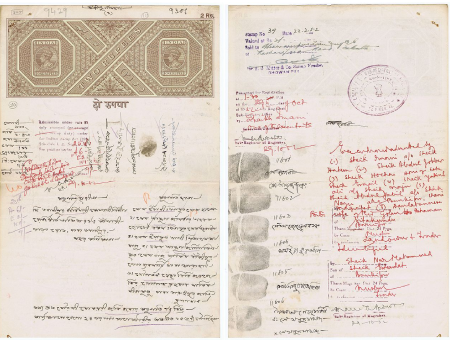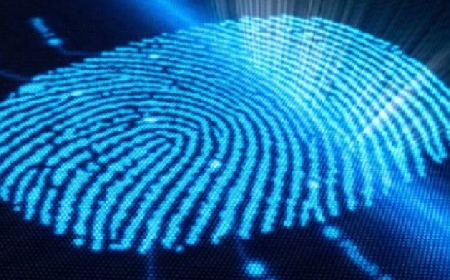

Private Forensic Analytical
Private Forensic Analytical
1. Questioned document examination
Some of the common types of questioned documents subjected to forensic document examination are stated below.
• Wills. • Cheques. • Bank Drafts. • Agreements. • Receipts. ...
• Identity Theft. • Forgeries. • Counterfeiting. • Suicides. • Homicides. ...
• Surface features. • Latent images. • Alterations. • Watermarks. • Ink stamps.


2. Fingerprint & Thumb Impression Verification
Fingerprints have been the gold standard for personal identification in the forensic community for more than one hundred years. Fingerprints are commonly used tools to understand the individuality of a person so as to reveal his or her identity. It is one of the very important tasks to choose a right fingerprint expert, fingerprint examiner or fingerprint analyst, who must be trained, certified, court acceptable and experienced with the latest forensic examination techniques.
10-digit classification of fingerprints In 1896, Sir Edward Richard Henry developed a fingerprint classification system that uses all fingerprints (hence, also called a 10-digit system). Fingerprints are classified into five categories: arch, tented arch, left loop, right loop
and whorl. The algorithm extracts singular points (cores and deltas) in a fingerprint image and performs classification based on the number and locations of the detected singular points. The Henry Classification System assigns each finger a number according to the order in which it is located in the hand, beginning with the right thumb as number 1 and ending with the left pinky as number 10.
3. DNA Profiling
The road to modern DNA profiling has been long, and it has taken forensic scientists’ decades of work and fine tuning to develop the highly accurate testing and analysis procedures available today. This article examines how current methods for DNA profiling came to be, and explains the procedure’s current role in the contemporary criminal justice system, including its risks and benefits.
While DNA is one important factor in solving crimes, it is not the only one. Other aspects of criminal investigation — such as forensic psychology — remain an integral part of the process when it comes to capturing offenders. We’ll also explore the role of forensic psychologists, their impact


4. Digital Crime Analysis
India saw a significant jump in cybercrimes reported in 2020 from the previous year. That year, over 50 thousand cybercrime incidents were registered. Karnataka and Uttar Pradesh accounted for the highest share during the measured time period through Computer or Mobile based Fraud & Abuse.
- Obscene Emails
- Pornography Blogs
- Hacking
- unauthorized Access
- Intellectual Property Theft
- Social Engineering
- Data Leakage
- Defamatory Emails
- Illegal Trade
- Mobile Phone data Recovery
- hard Disk Data Recovery
5. Audio Video Authentication
It involves the comparison of one or more samples of an offender’s voice with one or more samples of a suspect’s voice. It could be useful in various cases such as dispute cases, security control for information, matrimonial cases, terrorist attacks, fraud cases, etc. . It generally involves the acquisition, analysis, and evaluation of audio & video recordings that may ultimately be presented as admissible evidence in a court of law or some other official venue. Audio-Video forensics is the field of forensic science that involves the scientific interpretation of audio & video recordings which are obtained from a civil investigation or criminal legal proceedings It is prevalent in the investigation of crimes such as terrorism, extortion, intimidation, espionage, drug trafficking, kidnapping, and ransom demands, stalking, personal disputes, etc. Speaker identification in the context of forensic is all about comparing voices.

TSCM Reliable
OUR CERTIFICATIONS




